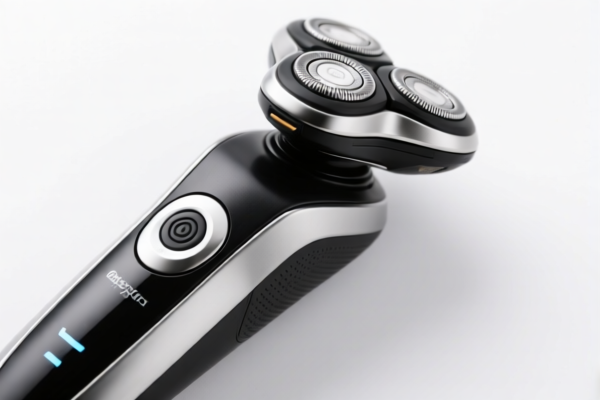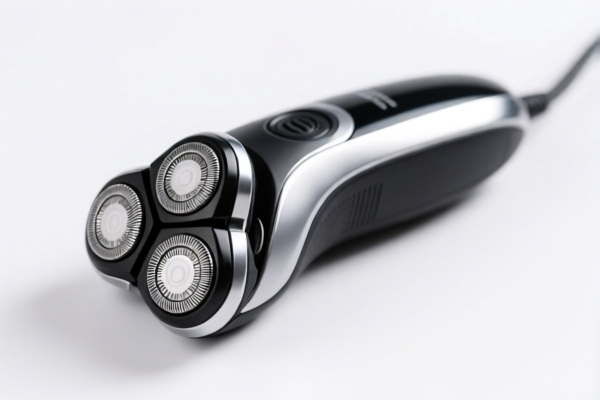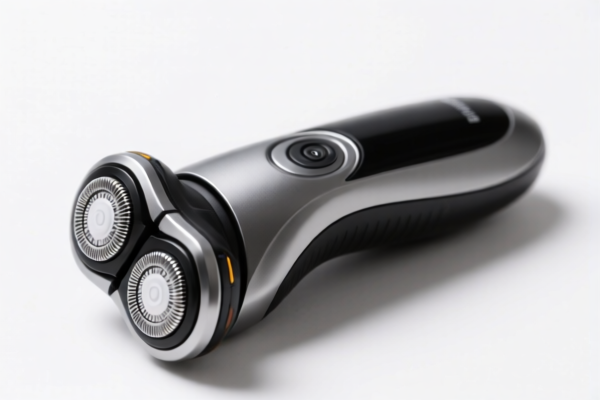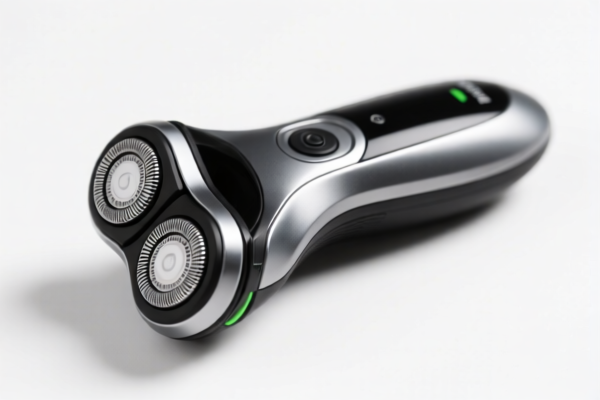| HS Code | Official Doc | Tariff Rate | Origin | Destination | Effective Date |
|---|---|---|---|---|---|
| 8467290090 | Doc | 37.5% | CN | US | 2025-05-12 |
| 8467895030 | Doc | 37.5% | CN | US | 2025-05-12 |
| 8487900080 | Doc | 83.9% | CN | US | 2025-05-12 |
| 8487900040 | Doc | 58.9% | CN | US | 2025-05-12 |
| 8468805000 | Doc | 55.0% | CN | US | 2025-05-12 |
| 8515800080 | Doc | 55.0% | CN | US | 2025-05-12 |
| 8515902000 | Doc | 81.6% | CN | US | 2025-05-12 |
| 8543708000 | Doc | 55.0% | CN | US | 2025-05-12 |
| 6701006000 | Doc | 59.7% | CN | US | 2025-05-12 |




Electric Nailer
An electric nailer is a power tool used to drive nails into wood or other materials without the need for manual hammering. It utilizes an electric motor to generate the force required for nail insertion, increasing speed and reducing physical strain compared to traditional hand nailing.
Material:
- Housing: Typically constructed from high-impact polymer or aluminum alloy for durability and weight reduction.
- Internal Components: Steel alloys are common for the ram, driver blade, and other force-bearing parts.
- Nails: Electric nailers are designed to work with specific types and sizes of nails, usually steel, stainless steel, or coated nails. Nail collations are often plastic or metal strips.
Purpose:
The primary purpose of an electric nailer is to fasten wood or other materials quickly and efficiently. They are used in a wide range of applications where repetitive nailing is required.
Function:
Electric nailers function by using an electric motor to drive a piston (ram) that forces a nail into the material. Different types employ varying mechanisms to achieve this:
- Electromagnetic: An electromagnetic coil rapidly pulls the driver blade back and then releases it, driving the nail.
- Pneumatic (often powered by electric compressors): An electric motor powers a compressor that builds up air pressure, which is then released to drive a piston.
- Battery-Powered (Cordless): Utilize a rechargeable battery to power the motor, providing portability.
Usage Scenarios:
- Framing: Constructing walls, roofs, and floors.
- Roofing: Attaching shingles and underlayment.
- Fencing: Building and repairing fences.
- Siding: Installing exterior siding.
- Trim & Molding: Attaching decorative trim and molding.
- Pallet Construction: Assembling pallets.
- DIY Projects: Various home improvement and construction tasks.
Common Types:
- Framing Nailer: Designed for heavy-duty applications like framing walls, roofs, and floors. Uses larger nails and has a robust build.
- Finish Nailer: Used for attaching trim, molding, and other decorative elements. Uses smaller gauge nails and provides a cleaner finish.
- Brad Nailer: Similar to finish nailers but uses even smaller gauge nails for delicate work and minimal visible nail holes.
- Roofing Nailer: Specifically designed for roofing applications, often with adjustable depth control to avoid overdriving nails.
- Siding Nailer: Designed for installing exterior siding, often with features for overlapping and consistent nail placement.
- Flooring Nailer: Used for installing hardwood flooring, often with angled nail pockets.
- Palm Nailer: A handheld nailer used in tight spaces where a larger nailer cannot fit.
Safety Considerations:
- Eye Protection: Always wear safety glasses to protect against flying debris.
- Hearing Protection: Nailers can be loud; hearing protection is recommended.
- Proper Training: Understand the operation and safety features of the specific nailer model.
- Work Gloves: Provide grip and some protection.
- Material Compatibility: Ensure the nailer is compatible with the material being fastened.
- Disconnect Power: Always disconnect the power source when not in use or performing maintenance.
Electric nailers are tools powered by electricity, used for driving nails into wood or other materials. They are commonly used in construction, woodworking, and furniture manufacturing.
The following HS codes may be relevant:
- 8467290090: This code covers “Tools for working in the hand, pneumatic, hydraulic or with self-contained electric or nonelectric motor, and parts thereof: With self-contained electric motor: Other Other”. This is a broad category encompassing various electric hand tools, including those not specifically listed elsewhere. The basic tariff is 0.0%, with an additional tariff of 7.5%, increasing to 30.0% after April 2, 2025, resulting in a total tariff of 37.5%.
- 8515800080: This code covers “Electric (including electrically heated gas), laser or other light or photon beam, ultrasonic, electron beam, magnetic pulse or plasma arc soldering, brazing or welding machines and apparatus, whether or not capable of cutting; electric machines and apparatus for hot spraying of metals or cermets; parts thereof: Other machines and apparatus Other”. While primarily for welding, brazing, and spraying, it could potentially apply if the electric nailer utilizes advanced technologies like ultrasonic or plasma arc for nail driving. The basic tariff is 0.0%, with an additional tariff of 25.0%, increasing to 30.0% after April 2, 2025, resulting in a total tariff of 55.0%.
- 8543708000: This code covers “Electrical machines and apparatus, having individual functions, not specified or included elsewhere in this chapter: Other machines and apparatus: Other: Microwave amplifiers”. This is a very specific category and is unlikely to be applicable to a standard electric nailer unless it incorporates microwave technology for a specialized function. The basic tariff is 0.0%, with an additional tariff of 25.0%, increasing to 30.0% after April 2, 2025, resulting in a total tariff of 55.0%.
Regarding HS code 8467290090, it is important to note that this is a general category. Accurate classification requires careful consideration of the nailer's specific features and intended use.
Customer Reviews
No reviews yet.